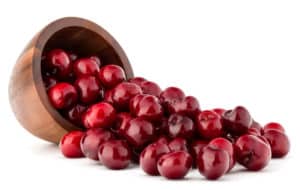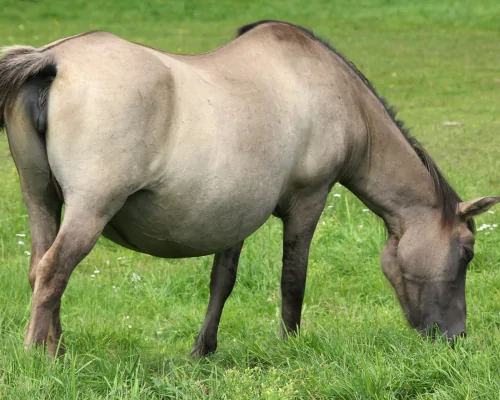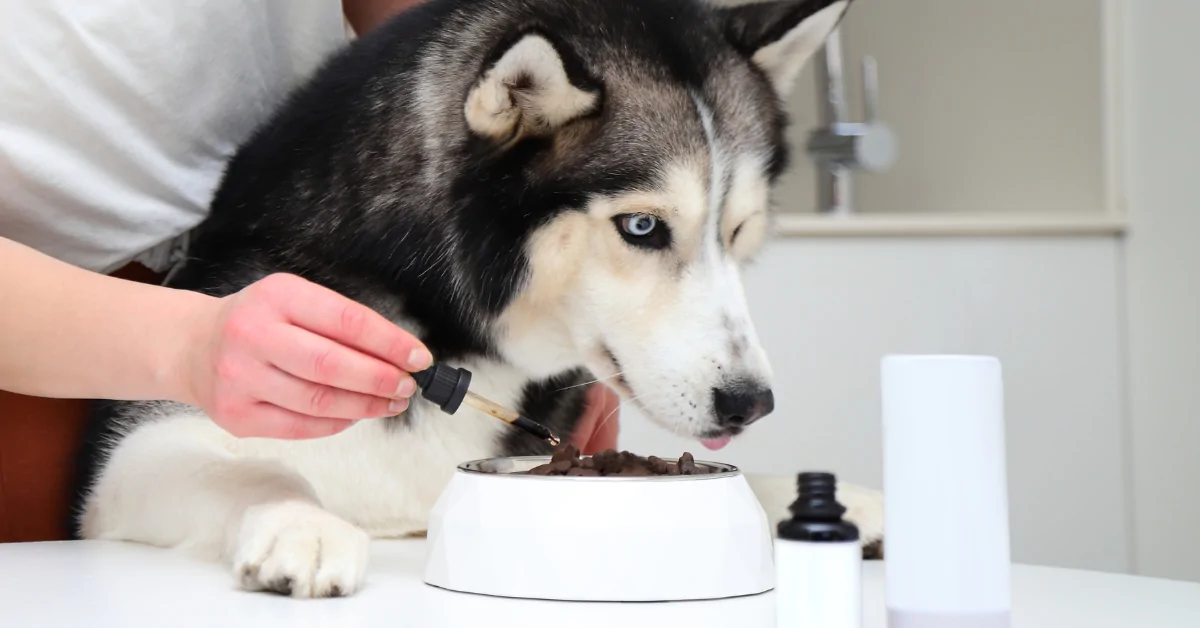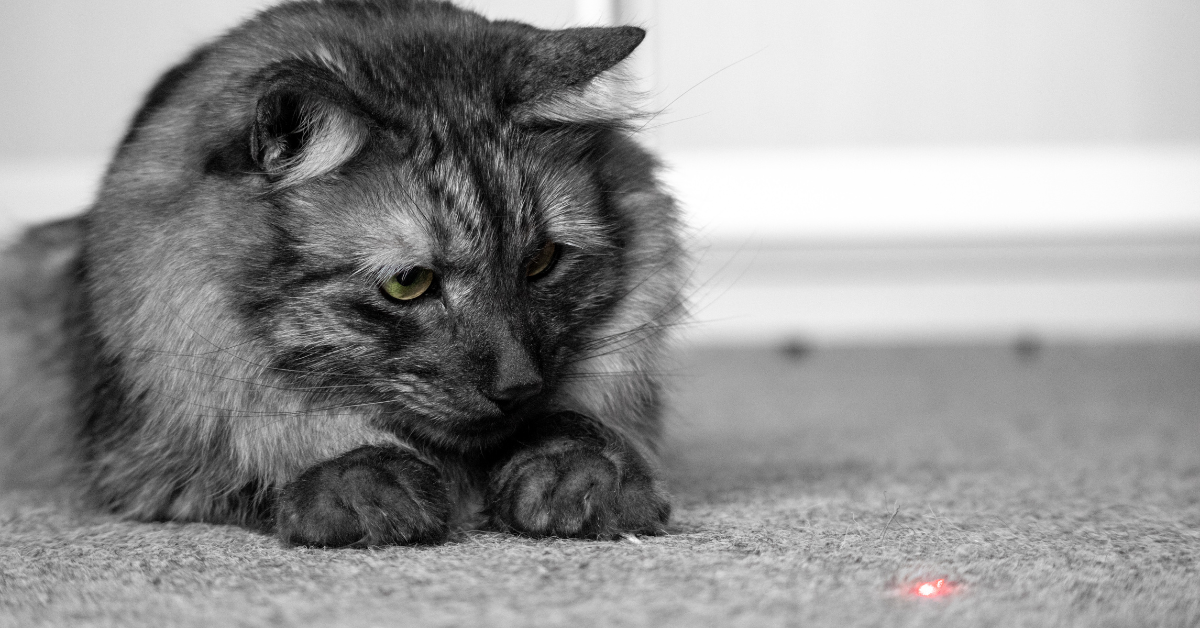There’s not quite anything quite as scrumptious looking as a big bowl of freshly washed cherries on a hot summer day. Their sweet, succulent flesh has a natural allure to it that makes it almost irresistible to bite into. But what should you do if your pooch is waiting patiently for you to throw one his way? Should you give it to him?
Do Cherries Have Any Health Benefits for Dogs?

Cherries have health benefits for dogs
Yes!
Cherries are rich in nutrients that dogs need to maintain a healthy life including vitamins A and C. A heavy presence of fibers aids in digestion, while a high concentration of antioxidants help stimulate brain function and reduce the negative effects of aging. Additionally, cherries only deliver 77 calories per cup – only 60% of the calories provided by a large Milk Bone treat!
Are Cherries Safe for Dogs to Eat?

Dog trying a cherry
While cherries do provide some small health benefits, the short answer to the question “Are cherries safe for dogs?” is: Only if they’re prepared correctly, and even then… with caution!! While the flesh of cherries are undoubtedly both a delicious and low-calorie treat, their pits, stems and leaves all pose a serious problem for dogs..
Here is why—Cherry pits, stems and leaves contain trace amounts of amygdalin. When amygdalin is crushed or chewed, it is converted into a lethal neurotoxin known as cyanide. Besides being poisonous, cherry pits are notoriously tough to bite through – even for your pup’s tough canines. Even if your dog can bite through a cherry pit without damaging their teeth, chewed up cherry pits can perforate your dog’s esophagus or intestinal lining.
How Should You Serve Cherries to Dogs?

Be sure to remove the pits
You should only serve cherries to dogs if they have had their pits removed along with the stems and leaves. This will ensure your dog does not accidentally choke or suffer from cherry poisoning. However, remember, cherry poisoning is only a concern if the pits, stems or leaves have been ingested.
When it comes to the actual fruit itself, the only concern is adding extra sugar to your dog’s diet. Extra sugar adds unwanted calories while also harming your dog’s oral health. Plus, too much sugar can cause gastrointestinal stress which can lead to diarrhea or vomiting.
What is Cherry Poisoning?
Cherry poisoning is a food-borne illness that arises from ingesting a large enough dose of cyanide found in cherry pits, stems and leaves. If the cherries in question had their pits, stems and leaves removed, cherry poisoning is not a major concern. Symptoms of cherry poisoning include:
- Labored breathing
- Hyperventilation
- Abnormally fast heart rate
- Seizures
- Convulsions
- Tremors
- Collapsing
- Bright red mucous membranes
What Do I Do if My Dog Ate Cherry Pits?

Be careful! Pits contain cyanide.
The answer to this question depends on two things: the amount of unpitted cherries your dog consumed, and how big your dog is.
If your 80-pound Rottweiler ate one cherry with its pit, just keep an eye on them and watch for any changes in their behavior. But if your 15-pound Dachshund ate a dozen unpitted cherries that spilled on the floor? Scoop them up and head to the vet ASAP.
Regardless, if you suspect your dog has eaten more than just a few unpitted cherries, it’s best to err on the side of caution. Due to the fast-acting lethality that potential cyanide poisoning can pose, it’s important to act quickly and get to the veterinarian right away.
How to Diagnose Cherry Poisoning in Dogs?
Once you arrive at the vet’s office, they will ask you how many unpitted cherries your dog has consumed and how long it has been since they ate them. The vet will then decide whether to conduct a urinalysis, blood work, or a complete examination. Your vet will specifically check the level of cyanide in your dog’s blood. If the amount is above 3 mcg/mL, the vet will immediately begin cyanide poisoning treatment.
However, if your dog presents with the clinical symptoms of cyanide poisoning outlined above, the vet will quickly assess your dog’s situation and begin treatment. The vet will likely take test samples of tissue from the liver and stomach to determine the extent of the poisoning.
How Do You Treat Cherry Poisoning in Dogs?

Go directly to vet if you suspect cherry poisoning!
The only way to properly treat cherry poisoning is to have a qualified veterinarian administer care to your dog. Once your vet diagnoses cherry poisoning, they may proceed with any of a number of treatment options.
These can include administering nitrate gas or the ingestion of either thiocyanate or rhodanese via IV fluids. Additionally, sodium thiosulfate pills can halt the production of cyanide within your dog and allow for its removal by way of urination.
After your dog has been given treatment, your veterinarian will give you more information on how to care for your recovering furball at home. Once home, keep a watchful eye on your dog and look out for any new symptoms that pop up. If they develop any symptoms, bring them back to the vet for a reevaluation.
Like people, dogs can suffer severe illness as a response to food-borne allergies. Click here to learn more about why you should avoid feeding your dog too much pistachios.
We hope you found this article helpful and if your dog ever gets any cuts, abrasions, ear infections or hot spots, we hope you keep Banixx Pet Care in mind. Go to our dog page to learn more about how to keep your dog happy and healthy!
If you are interested in how to maintain your dog’s nails/claws, or your dog’s ears without a vet, we cover that. Interested in more quirky items ? such as how long can a dog go without peeing, or why do dogs insist on drinking from the toilet? Yep, we’ve delved into those areas too!
Share this Post
Featured Post
Recent Posts

Managing the Mamas –Part 2 –The development process

Managing the Mamas: Part 1 – Preparing to Breed Your Mare

HOW MANY TOES?? Caring for the Polydactyl Cat

Do Dog Joint Supplements Actually Work?

Are Laser Pointers Bad for Cats? or, are they Purr-e Fun?


